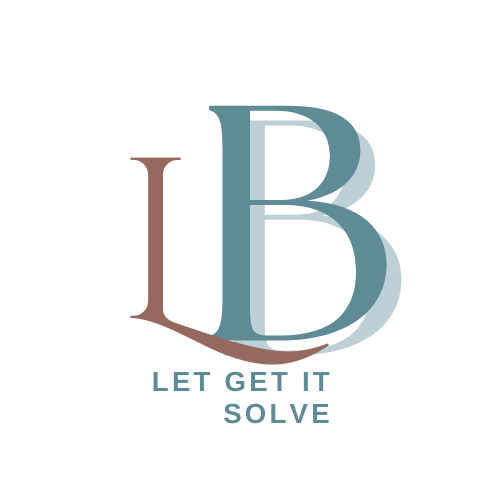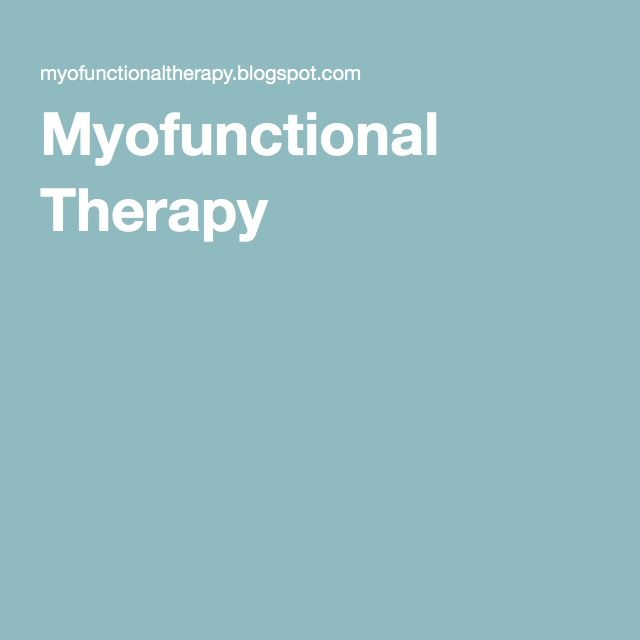Myofunctional Therapy Courses are available everywhere in the world, of which some of which will be listed here in this guide.
The world has experienced an ever-increasing awareness of how the proper purpose of the oral and facial muscles is related to healthy breathing, chewing, swallowing, speaking and facial growth and development.
In addition, maintenance and improvement of airway health are emerging and are widespread knowledge among numerous healthcare specialists.
And seeing this type of growth, many professionals are looking to refer to skilled Myofunctional Therapists or integrate Myofunctional Therapy into their procedures.
So suppose you are interested in finding out different courses for Myofunctional Therapy and some of the available training (in the United States)
So make sure to pay attention to this post to find out more information about Myofunctional Therapy and Myofunctional Therapy Courses.
For more information, proceed to the post
Description
Myofunctional therapy is a kind of treatment with a main focus is to focus on the correct functioning of the muscles used in speech, chewing, swallowing, and breathing.
And the purpose of myofunctional therapy is to rectify any dysfunctional structures in these muscle groups and promote proper muscle tone and function.
This kind of treatment can be utilized to treat various conditions, such as speech disorders, sleep disorders, temporomandibular joint (TMJ) pain, and orthodontic problems.
For those that dont know, the human mouth is made up of several muscle groups, entailing the lips, tongue, cheek, and throat muscles. These muscles operate together and are to execute various functions, which can include speech, chewing, swallowing and breathing.
However, if any of these muscles are not functioning properly, it can lead to several dilemmas, including speech disorders, sleep disorders, TMJ pain, and orthodontic problems.
What is Myofunctional Therapy Used For?
Myofunctional Therapy is used to treat numerous sicknesses, and its main function of it is to correct any dysfunctional patterns in these muscle groups and promote proper muscle tone and function.
The therapy is typically conducted by a speech therapist or better called a myofunctional therapist, who will evaluate oral posture and muscle function. The therapist will then formulate a cu customized treatment plan that deals with the specific issues identified during the assessment.
The treatment plan may include exercises that are designed to improve muscle strength, endurance, and coordination.
These exercises may involve activities such as tongue placement exercises, lip closure exercises, and breathing exercises. In addition, therapist may also use various techniques to improve oral postures and muscle tones, such as tongue and lip pressure techniques, and vibrational therapy.
Myofunctional Therapy Courses
Myofunctional Therapy consists of different types of physical therapy exercises to enhance the bite, breathing, and facial posture of people with Orofacial Myofunctional disorders (OMDs).
In addition, the training targets the face, neck, and mouth’s soft tissues to achieve optimal tongue position and oral rest posture.
Available Myofunctional Training
IAOM Approved Pre-Certification Introductory Course:
This program is mainly for licensed dental hygienists, dentists, speech pathologists, and allied health professionals. This course goal is to provide a trained licensed professional with the ideology to advance in providing Orofacial Myology Therapy.
The initial course renders the participant with a full understanding of how the body’s muscles coordinate with its oral function.
Learning Outcomes
- Study research that supports orofacial myofunctional therapy
- Study the whole Myofunctional compensations.
- Assess with a partner.
- Write a report for referring professionals.
- Create forms for a variety of referrals.
- Design exercises to meet the patient’s needs.
- Demonstrate therapeutic exercises for dysfunctional disorders.
- Discover how to measure conditions for baseline.
- Recognize frenum for tongue ties, lip ties, and buccal ties.
- Discover how body structure affects the oral structure.
- Connect how “the spot” intertwines with function.
- Distinguish between abnormal & ideal oral function.
- Identify unhealthy habits impacting orofacial function.
- Recognize symptoms of orofacial muscle abnormalities
- Learn the relationship of the tongue to the body system.
- Develop a treatment plan & report.
- Establish principles for treatment to move forward.
- Discuss when to refer to the interdisciplinary team.
- Educate the patient on their needs, wants, and alternatives for their best interest.
- Motivate the client/patient to want myofunctional therapy for life-long health benefits.
- Justify the exercise for the disorder.
- Discover the 4 phases of normal swallow vs. abnormal swallow.
- Identify habituation.
Register Now
Mini-Myo Course:
This course is favorable for the newly trained OMT to comprehend more tips and procedures for easier Myo integration.
Upon realization of the course, the student will be able to incorporate oral facial myofunctional therapy as an adjunct service completing the course work taught in the AHS Mini-Residency with DDrBen Miraglia
Learning Outcomes
- A variety of exercises and methods to service a diversity of patients.
- Detail practice deliberations and professional liability and scope
- Strategic business scheme improvement from a marketing, financial, and operational viewpoint
- Website building, teletherapy and electronic health programs
- Team building and gaining skills to create a network both in and out of the office.
- Treatment strategy development and follow-through to empower confidence.
- Troubleshooting tactics for difficult cases to remove roadblocks.
Register Now
FAQ
Conditions That Can Be Treated with Myofunctional Therapy
As said earlier in the post, Myofunctional Therapy is not only for one type of sickness, but it is used for treating numerous conditions.
And one of the most widespread conditions that can be treated with myofunctional speech disorders. And these conditions are caused by several factors, including:
- Muscle weakness
- Lack of coordination
- And poor oral posture.
Myofunctional therapy can help to amend these issues by boosting muscle strength and coordination and promoting proper oral posture. This can result in improved speech production and clarity.
Sleep disorders are another condition several treated with myofunctional therapy. Sleep apnea, for example, is a sleep disorder that can be caused by several factors, including poor muscle tone and poor oral posture.
Myofunctional therapy can help to correct these issues by improving muscle tone and promoting proper oral posture. This can result in improved breathing during sleep and improved sleep quality.
TMJ (Temporomandibular joint dysfunction) pain is another condition that can be treated with myofunctional therapy. Temporomandibular joint dysfunction pain can be caused by several factors, including:
- Muscle tension
- Poor oral posture
- And clenching or grinding of the teeth.
Myofunctional therapy can also help to relieve TMJ pain by reducing muscle tension, promoting proper oral posture, and correcting any clenching or grinding habits.
Finally, orthodontic problems can also be treated with myofunctional therapy. Orthodontic problems can be caused by several factors, including muscle imbalances and poor oral posture.
Myofunctional therapy can help to correct these issues by promoting proper muscle balance and oral posture. This can result in improved orthodontic treatment outcomes and reduced treatment time.
How effective is Myofunctional Therapy?
It has been proved that dysfunctional therapy decreases the apnea-hypopnea index by nearly 50% in adults and 62% in children.
What Is Frenotomies?
Frenotomy is a surgical method in which the frenulum, a minor fold of tissue that connects the lip or tongue to the gums or jaw, is cut to release restriction and improve mobility.
Frenotomy is often performed on newborns to correct tongue-tie or lipstick-tie, conditions that can interfere with breastfeeding and speech development. The procedure is quick, safe, and typically done using scissors or a laser, with very little bleeding and a fast recovery time.
In addition to sicknesses, frenotomy can also be performed on older children and adults who have developed a tight frenulum due to injury or scarring. Frenotomy can improve oral function, and speech, and alleviate discomfort or pain associated with a tight frenulum.
Conclusion on Myofunctional Therapy Courses
In conclusion, there are listed some Myofunctional Therapy courses, and you can start your journey by clicking on the link.
And make sure to carefully follow through with the details in this post, to get familiar with the necessary information about Myofunctional Therapy.
Be sure to shear this post with your friends and family.
Robomin is a freelance writer and blogger who covers topics related to Account Creation, gadgets, Refunds, and how to delete An Account. He has a passion for new and innovative technology and enjoys sharing his knowledge with others

